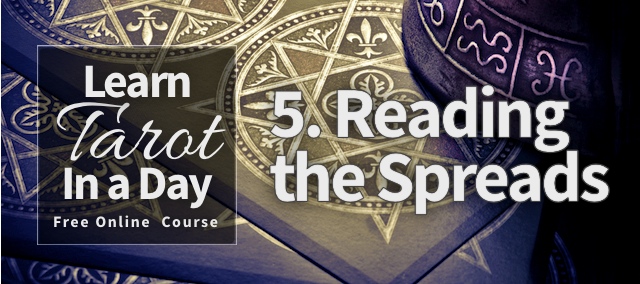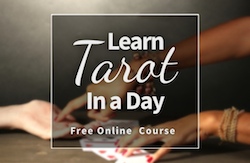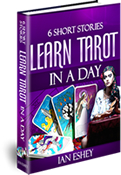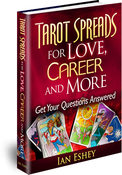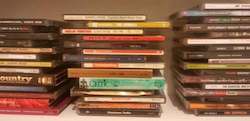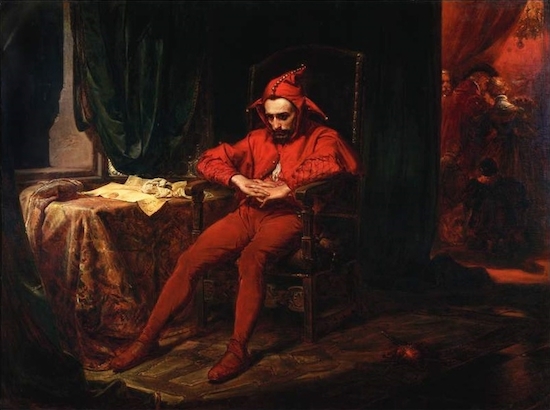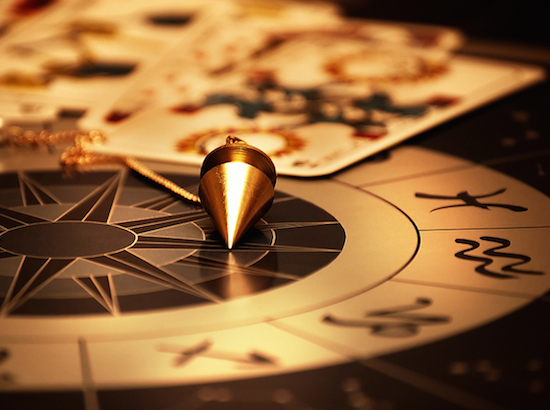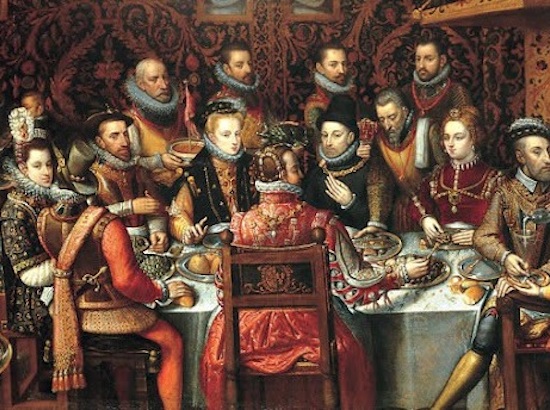Lesson 5: Reading Tarot Spreads
In previous lessons, we learned the “story method” that enabled us to memorize tarot cards quickly. I’ve also shown you the real-life tarot reading example.
Now, let’s make you a real tarot reader. Here you will learn:
- Most important rules of Tarot reading
- Two most common Tarot spreads
- How to create your own spreads
- Where you can go next
Tarot Reading is NOT About Individual Cards’ Meanings
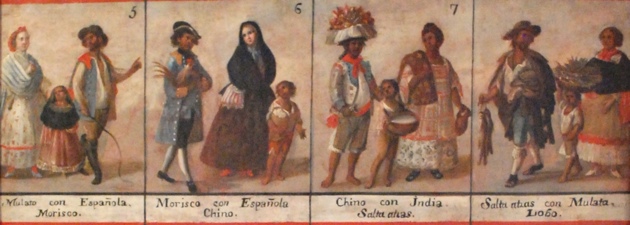
Tarot reading is NOT simply about individual cards’ meanings.
What matters more is how the cards are RELATED.
Individual cards are like words in a sentence. To get the message you need to understand the sentence. What you need to look for:
- What is the position that the card represents: how does that relate to other cards in a spread?
- Do you see a progression or a contrast in the cards in the reading?
After you open the cards, open your perception wide and pay attention to your intuition. Your job is simply to listen.
Each reading is a story, what you need to figure out is how the cards are related.
Pay Attention to How You React to Each Card

Your reaction to a card is, in fact, your intuition speaking. Your subconscious knows and understands the situation, and unlike your rational mind, your subconscious is not limited by your beliefs or your own self-image.
This is why it is so vital to listen to it throughout your reading; you will often get a new and different point of view to consider.
Your intuition is in fact your subconscious directing your attention to something important.
Different Cards Provide Different Kinds of Advice

There are three types of cards: major arcana, minor arcana (Swords, Cups, Wands, and Pentacles) and court cards. You need to be aware that they will give you different KINDS of advice.
Major Arcana
Major arcana cards point to big lessons in life. When a major arcana shows up, the whole reading needs to be considered in the light of the lesson that the particular card is teaching.
Minor Arcana
Minor arcana cards fill in the mundane details. They tell you what you need to know about specific everyday events and concerns.
Court Cards
Court cards either point to actual people that are influencing you or to aspects of yourself that are important to the issue at hand.
Major arcana represent life’s lessons, minor arcana everyday details, while the court cards represent people or aspects of yourself.
Horse Shoe Tarot Spread

The Horse Shoe spread basically builds on the simple three-card spread, but it goes further and allows for more detail and insights.
There are seven cards in Horse Shoe spread. They are laid out like this:
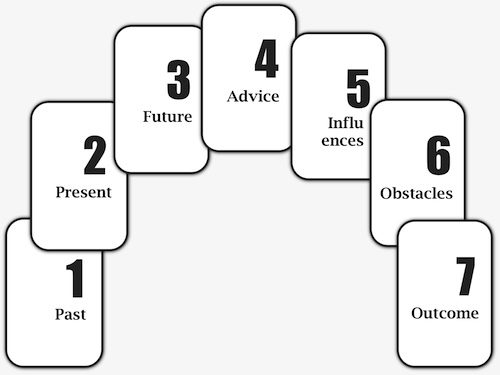
The spread begins with the past, present, and future. These cards show the context for current events: how the situation came to be, important angle on the problem, and the potential impact on the immediate future.
This is the first progression. Look for the relationships that exist between the cards here.
Then we move on to advice, influences, and obstacles. Advice reveals the approach you could take to tackle the problem, influences can be hidden i.e. something you disregarded as irrelevant, while obstacles are the challenges you will face along the way.
This was the second progression. What is nice about such ready-made progressions is that you KNOW they are there, so your job is simply to relate the cards within them.
Finally, you arrive at the outcome. This card shows what will happen if you don’t change your approach.
A quick example: you seek advice about a job, but instead you receive advice about personal growth. What cards are suggesting is that the lessons you have yet to learn are the real issue here.
At first glance, Horse Shoe spread might look complex. But in fact, it just builds on the three-card spread.
Horse Shoe Spread Example
You can check the real-life reading example using Horse Shoe spread here:
Celtic Cross: Probably the Most Common Tarot Spread
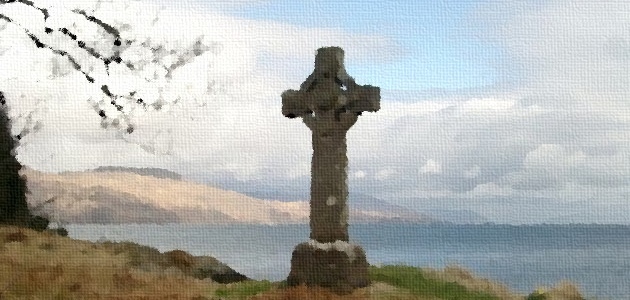
The Celtic Cross is probably the most common spread used in tarot reading. This spread’s ten clever positions provide in-depth insights for most kinds of questions.
There are many versions of this spread. I’ll show you how to read the one that I like to use. Whatever version you use, note that the point of this spread always remains the same: different and well-thought-out points of view, and how they relate to each other.
The layout looks like this:
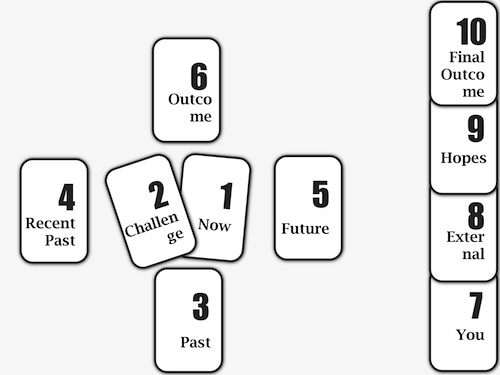
The spread can be seen as divided in two parts: the “cross” on the left, and the “staff” on the right.
The cards in the cross are telling us about events in the outer world:
1. Present: The point-of-view you should focus on. It may be something you should know, or it may be a completely new and different perspective.
2. Challenge: It describes exactly what it is that makes you take action now.
3. Past: This card tells you what the root of the problem you are facing is.
4. Recent past: The event in the recent past that had influenced the current situation. It is important to understand the progression of events, so that you can act accordingly.
5. Immediate future: Events coming in the immediate future. You probably cannot change those, but you should be clear on how they will affect the problem.
6. Outcome: The “outcome” card explains where the situation is headed if you continue to do what you are doing now.
Note that we have TWO progressions here.
The first is from bottom to top in the cross: Past, Present, Outcome. It reveals how the situation came to be and where it is heading.
Second progression is from left to right (in the cross): Recent Events, Challenge, and Immediate Future. These cards shed light on cause and effect of the challenge that you are facing.
You will gain important insights by examining those progressions. Remember that isolated cards don’t carry much meaning.
Ok, let’s move on. The cards in the staff positions are helping us to examine ourselves:
7. You: Your thoughts and real feelings help you to see whether you have the right mindset to tackle the problem.
8. External Influences: What external influences are important here? You have to be aware of your environment to avoid any unforeseen obstacles.
9. Hopes and Fears: If you realize that you only see problems everywhere, be aware that you are subconsciously inviting “yet another catastrophe” to happen.
10. Final outcome: The long-term outcome is neither reaching the immediate goal nor failing to do so. This card tells you about the big picture: where will it all really lead to? Think about all other cards in regard to this card’s message.
Pick the cards in the above order, one by one. As you pick each card, notice the message it brings to this particular reading. In other words, don’t just pick all the cards at once. Otherwise, you will miss the signals your subconscious will be sending.
When you have picked all 10 cards and absorbed all the signals your intuition brought to your attention, your next task is to find out how the cards relate among themselves. Start with progressions explained above.
Celtic Cross is an elaborate spread, but it rewards you with answers.
Creating Custom Spreads

When starting with tarot, I struggled with a problem: it got boring.
For a long time, I used only a few spreads for each and every situation that warranted me searching for insights. I got the insights I needed, but it started to feel like a tedious routine instead of that beautiful sense of wonder that made me start loving the cards in the first place.
Then I finally got it.
Each card in a spread is posing a specific question, providing your subconscious with more depth to investigate the situation. So when reading cards, ask your own questions!
Of course, there are guidelines on how to do it, and some approaches are more fruitful than others. But luckily the “rules” become obvious as you try more and more spreads, both for yourself and others, however imperfect your first attempts may be.
Start with these and you will be fine:
- The cards in a spread should represent meaningful aspects of the problem.
- Ask specific questions and open one card for each.
- Make the cards clearly relate to each other. For example, positive and negative, or past and future.
Each card in a spread is a question, providing you with a new avenue of investigation.
What Next
In this lesson we have learned the most important rule of reading the cards: tarot reading is not about individual cards’ meanings; it’s much more important understanding how the cards are related to each other.
Two popular tarot spreads do a particularly good job of helping with that: Horse Shoe tarot spread, and a Celtic-Cross tarot spread. If you are just beginning, however, you probably want to start with Past-Present-Future spread.
Or simply make your own spreads. Ask specific questions about the problem and open one card for each.
If you have absorbed all five lessons, now you are completely ready to read the cards. Enjoy it as I do, and don’t forget to have fun.
You can return to any lesson, and check it again:
1. Major Arcana
4. Court Cards
5. Reading the Spreads (this lesson)
Repeat What You Have Learned
To make sure you retain what you have learned, repeat a topic from time to time.
I’ve put all the flashcards from the lessons on a single page, precisely to make such repeating easy. Check that page now, bookmark it and return to that page now and then.
Download this lesson as PDF: Download This Lesson as PDF
Credits for images used can be found here.
